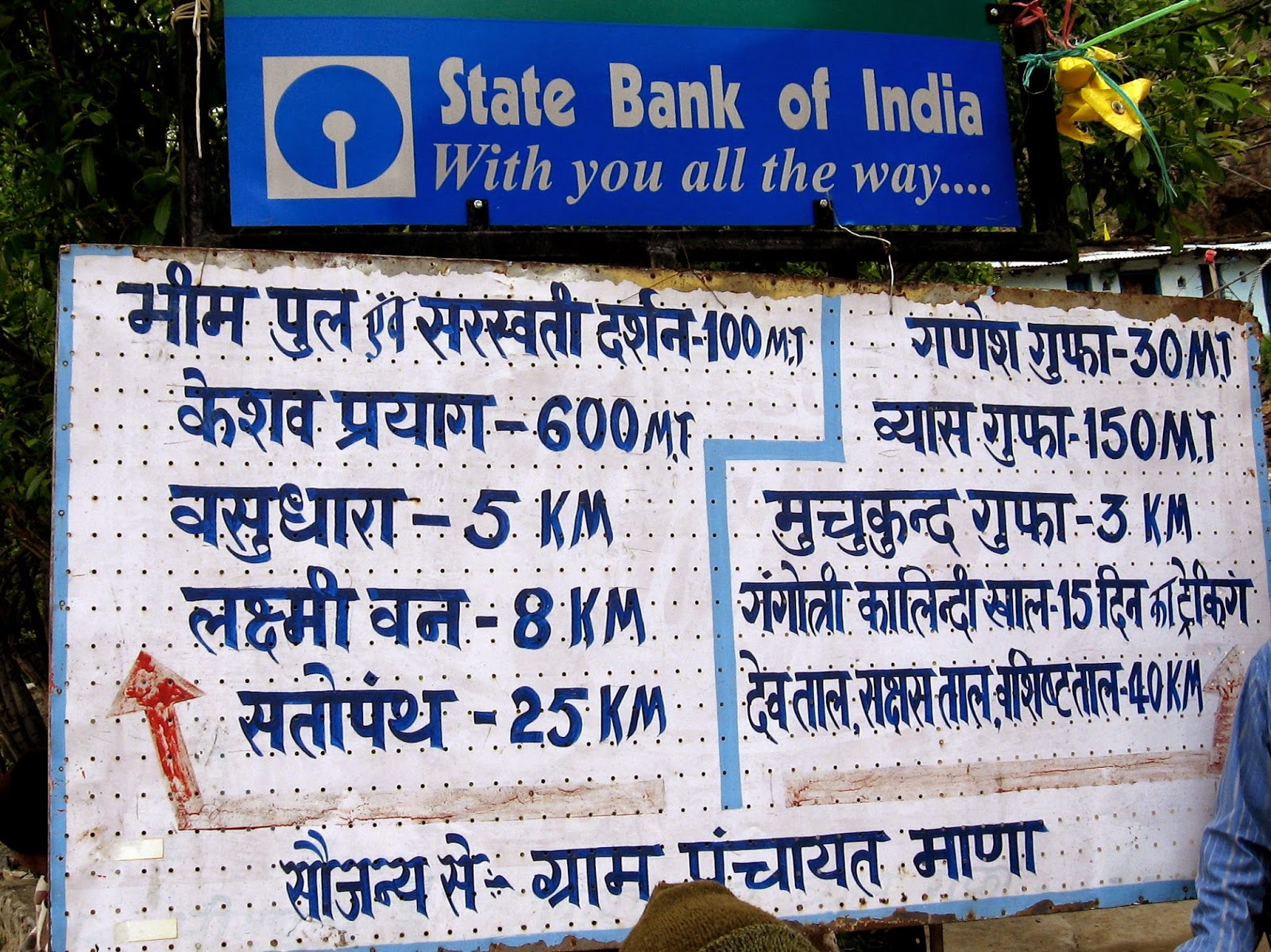Polonnaruwa, the last leg of our cultural tour in Ceylon. During its heydays it must have been a beehive of activity but now lies in utter ruin and desolation. Its art, heritage and exquisite idols and antiquities remind you of its past glory. A must see for a casual tourist visiting these parts of the country, and a paradsie for a shutterbug.
The heritage UNESCO site may well take at least half a day for a complete tour. The 70km ride from Dambulla takes close to 2 hours and you need to ensure you reach early morning. At mid noon with the intense heat beating down upon you, it can be highly uncomfortable. Sightseeing here for select few places has to be necessarily done barefoot considering the sanctity of the place, and if you are not wearing thick socks, it can really add to your misery.
The heritage UNESCO site may well take at least half a day for a complete tour. The 70km ride from Dambulla takes close to 2 hours and you need to ensure you reach early morning. At mid noon with the intense heat beating down upon you, it can be highly uncomfortable. Sightseeing here for select few places has to be necessarily done barefoot considering the sanctity of the place, and if you are not wearing thick socks, it can really add to your misery.
You start off at the Museum first which has a good
collection of curios and statues from Buddhist era. The Museum ticket as is the
trend is discounted for SAARC nations. There was a small flock of vendors
outside who followed us trying to sell their wares. You may find some good
curios with them to take back home, though bargaining is intense…one of the
friendlier vendors in his broken English mentioned that the local guides
accompanying the tourists had a commission in every shop where he takes you so
it is more sensible to buy from the streets directly.
Enroute we sighted a baby Monitor Lizard in the Museum
Gardens and spent some time photographing it. There is also a lake close-by and
if time is at hand you could spend some time in bird photography.
Post the visit to the museum you could spend a few hours inspecting the ruins. Considering the harsh environmental conditions the ruins and relics have been maintained very well by the authorities and you can move around inspecting them at your leisure. It may take at least 2 – 3 hours to complete the tour and we managed to finish off by 3pm
Post the visit to the museum you could spend a few hours inspecting the ruins. Considering the harsh environmental conditions the ruins and relics have been maintained very well by the authorities and you can move around inspecting them at your leisure. It may take at least 2 – 3 hours to complete the tour and we managed to finish off by 3pm
The nearest Restaurant, which was more like a makeshift
shack was some distance away, there are no good eateries in Polonnaruwa. The
Menu was very limited and the local Sinhalese meals were not much to our
liking, luckily for us a South Indian Dosa (or the local Thosai) was on the
card and we ordered the same. There is a
vague difference between the local Indian fare and what you are served here,
though look and feel wise they may be same and may probably have the same
ingredients. The Thosai however has no accompaniments unlike in India where the
“Sambar” and “Sauce” come by default and in fact you can ask for more helpings at
the same price. Looking at the Dry Weather Beaten Thosai on our Plates we
requested for some traditional Indian Sambar as a dipping from the Waiter. He
appeared confused for some time at this request, the word Sambar did not
register. A local villager sitting at a table close-by interpreted this as “Sambal”
to him in his native dialect and with a smile of understanding and a Nod, our
Waiter proceeded towards the kitchen. A few moments later we had a bowlful of Sambal
staring at us.
Sambal can well be described as a “Dry Sauce made from a variety of chili peppers and ingredients such as shrimp paste, fish sauce, garlic, ginger, sugar, lime juice, and vinegar”. And it can be quite spicy. For a traditional Indian like me who has tasted a multitude of Chutneys and Sauces all his life, this Sauce was no novelty. And again this can in no way be an accompaniment to a Thosai so even if you make an attempt, the dry mixture could well choke on your insides… meanwhile our guide Ranga, resourceful as he is, arranged for some Avocados and Bananas, so leaving aside this adventure we finished our fruit meal and proceeded towards the Hotel for a better fare











































